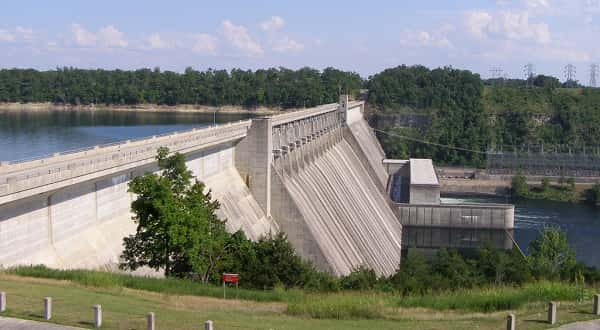
The U.S. Army Corps of Engineers is advising people in flood plains downstream of Bull Shoals, Norfork, Beaver and Table Rock dams in northern Arkansas and southern Missouri to maintain awareness and monitor lake levels and weather. These lakes remain nearly full from spring rains, and more rain is in the forecast.In the last 180 days, between 25-50 inches of rain have fallen across the White River Basin. The average is between 20-25 inches. During May and June, much of the rain fell in areas not controlled by the White River dams. The uncontrolled runoff from those rains has kept the river high at Newport and Georgetown reducing the Corps ability to lower lake levels without impacting farmers during their crucial planting time.
Col. Robert Dixon, Little Rock District commander, says the water control manual dictates how and when the Corps can release water from the White River dams, and officials have been making maximum allowable releases from the Corps lakes this spring, although they have been holding more and more water.
Col. Dixon says the lakes are performing as intended, but they have limitations and cannot prevent all flooding.
Once a lake is full, it has reduced capacity to lower downstream flood crests. Water still flowing into the lake must be released from the dam because there is no storage space left. This is sometimes referred to as “passing inflow.”
When passing inflow, a dam does not make conditions downstream any worse than what the natural condition the river would be without the dam in place. It is just that the dam is unable to do as much to reduce downstream flooding under those conditions.
Dixon says the reservoirs have limitations that Mother Nature can exceed, and sometimes she does. He says if the National Weather Service’s forecast for the next seven days holds true, the Corps may need to make releases from Bull Shoals, Norfork, Beaver and Table Rock lakes.
People in at-risk areas should stay in contact with local emergency officials. If larger than normal releases are required from a dam, warnings will go out through local emergency management channels.
WebReadyTM Powered by WireReady® NSI










